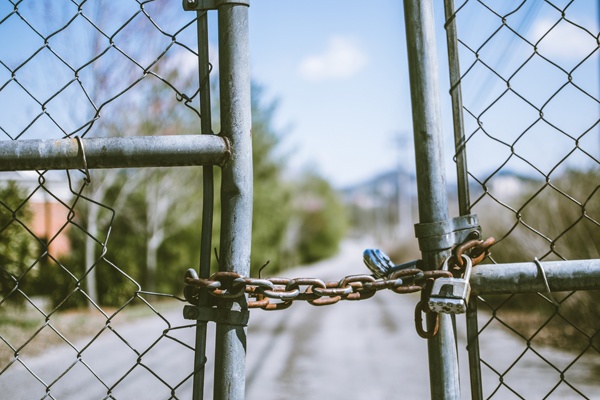Everyone has habits, and there’s nothing inherently wrong with them. Some are pretty useful — maybe you lay out your clothes for work the night before or have an established pattern of exercising in the morning before your day starts. These are positive habits for your life.
But other habits, such as using the same unproductive way to communicate in a relationship or engaging in negative self-talk, can be counter-productive. In business, if we only think our products and services will be bought by a small percentage of the population and never get out of the box to try new marketing methods to a different segment, we could be losing income and profits.
Breaking unwanted habits can be difficult, especially if you’ve been engaging in them for a long time. But understanding how habits form in the first place can ease the process.
Let’s begin by understanding and clarifying your habits to decide whether they remain in your life or be removed because they may be holding you back.
Identify your triggers
Triggers are the first step in developing a habit. Identifying the triggers behind your habitual behaviors is the first step in moving past them. We develop habits because we are either moving towards pleasure or moving away from pain.
If you think of Pavlov’s dog, we are conditioned to respond with cues in our environment that will give us rewards for our behavior. On the other hand, when we are punished for actions, especially by those that are close to us, we avoid the possibility of pain. Either positive or negative stimuli create triggers which are felt in our emotions. When a situation has the expected outcome, then the trigger becomes a habit and then turns into a pattern. It is in timeframe when we become unconscious of the action that no longer requires the brain power or attention and has turned into something that we do automatically.
Questions to Get a Better Understanding of Triggers
To understand your triggers, spend a few days tracking your habits to see whether they follow any patterns.
Note things like:
- Where does the habitual behavior happen?
- What time of day?
- How do you feel when it happens?
- Are other people/substances involved?
- Does it happen right after something else?
Let’s say you want to stop staying up past midnight. After a few days of tracking your behavior, you realize you tend to stay up later if you start watching TV or chatting with friends after dinner. The trigger is TV and talking with friends, enjoyable activities that motivate you to spend hours participating in. But you go to bed earlier if you read or take a walk.
To break this habit and still get to enjoy your activities, a potential solution would look like this: you decide to stop watching TV and turn off your phone by 9 p.m. on weeknights. Removing the trigger — watching TV or talking to friends — makes it harder to carry out the routine of staying up too late.
Triggers, when changed around to bring positive action in your life, ones that you are fully aware of and have created out of intention, can move you forward towards positive growth.
Other articles you may like:

